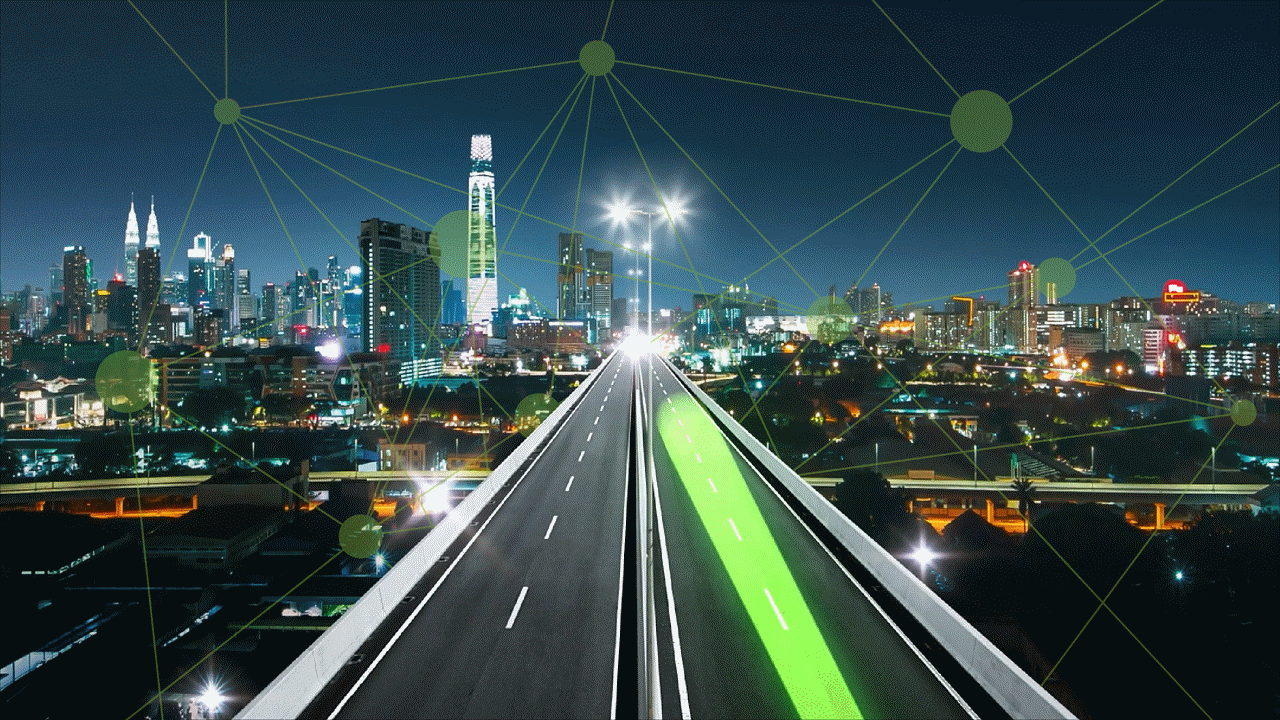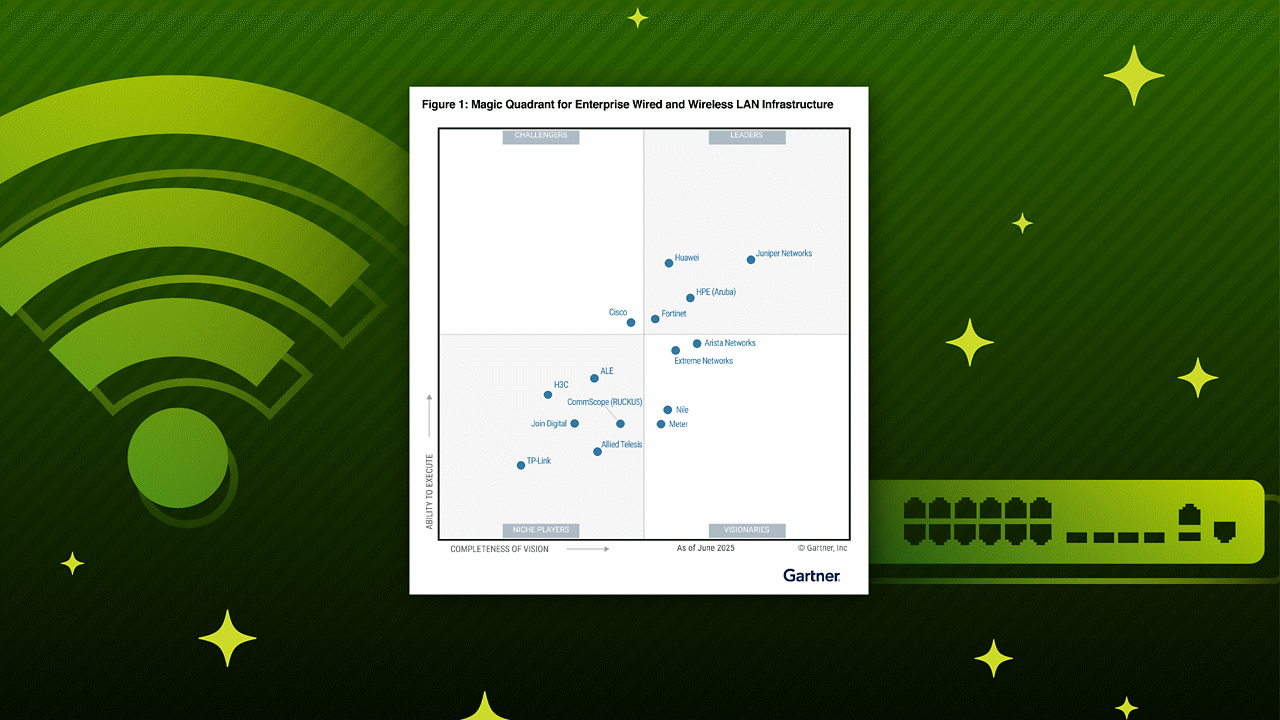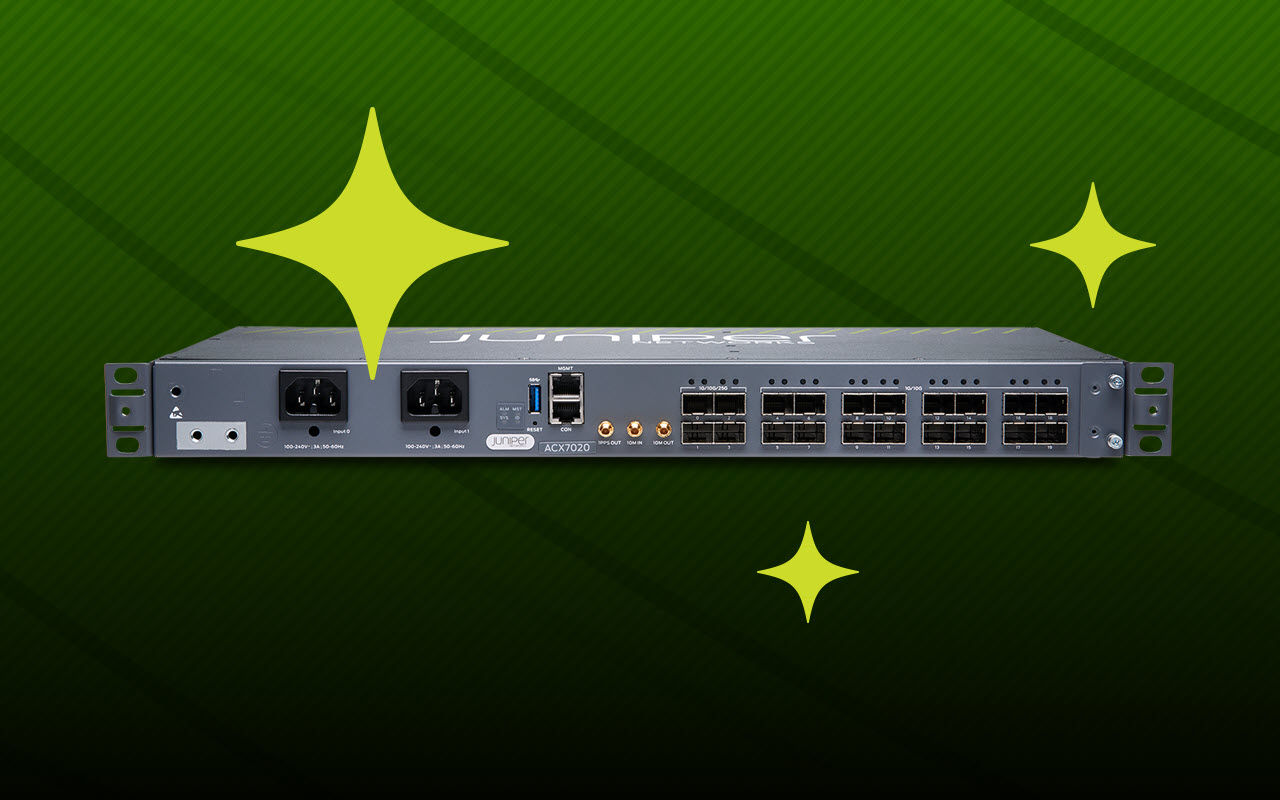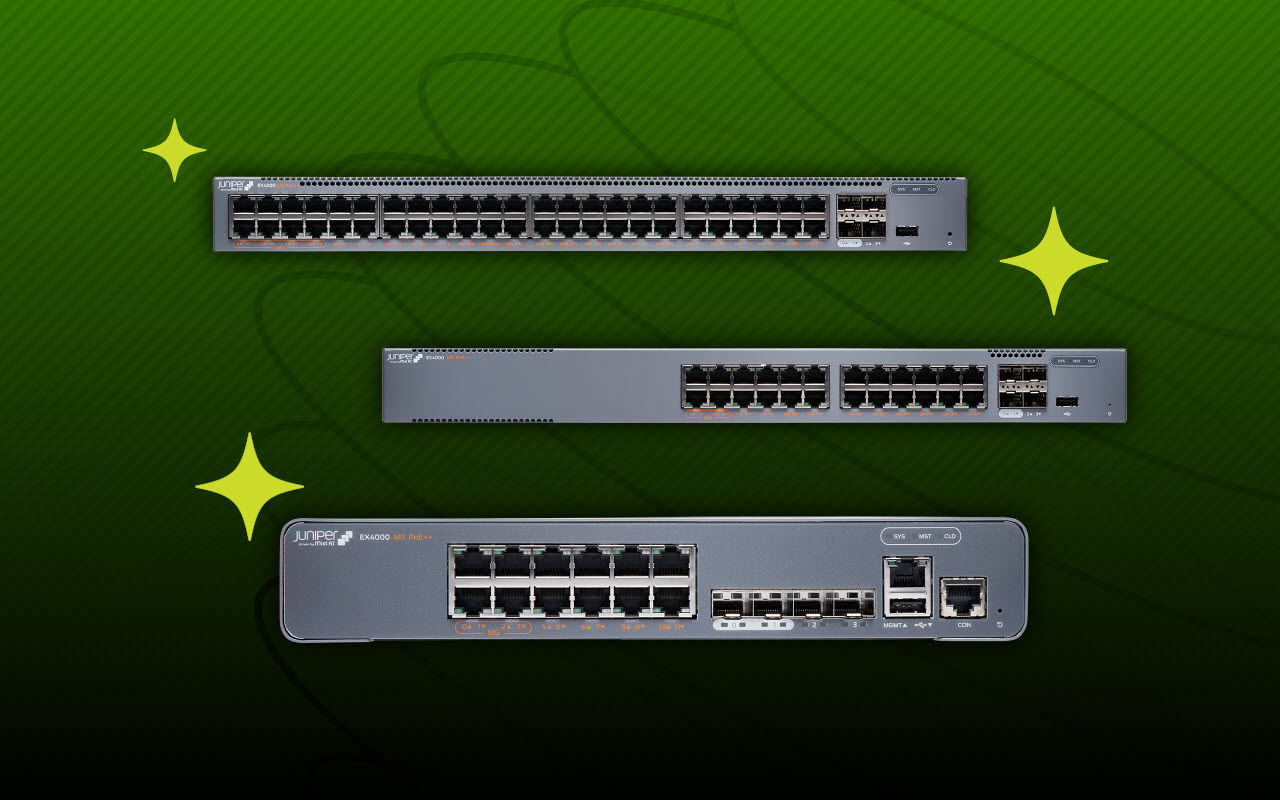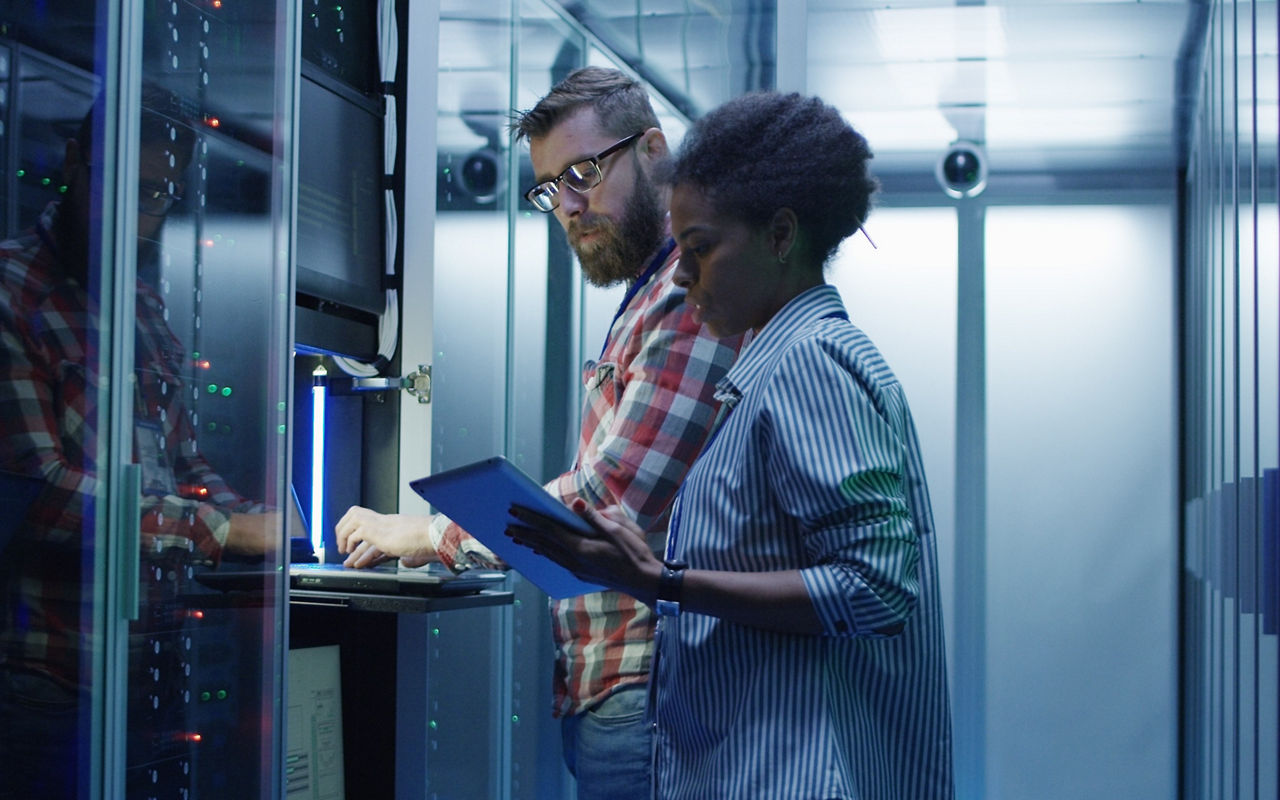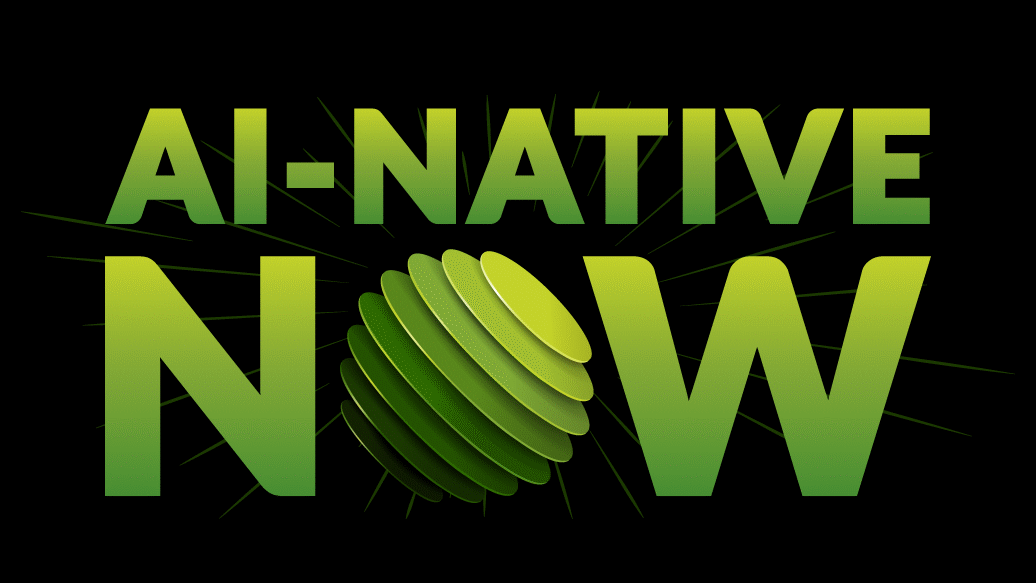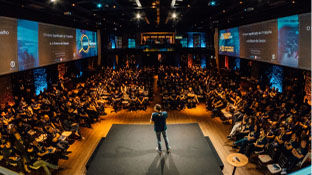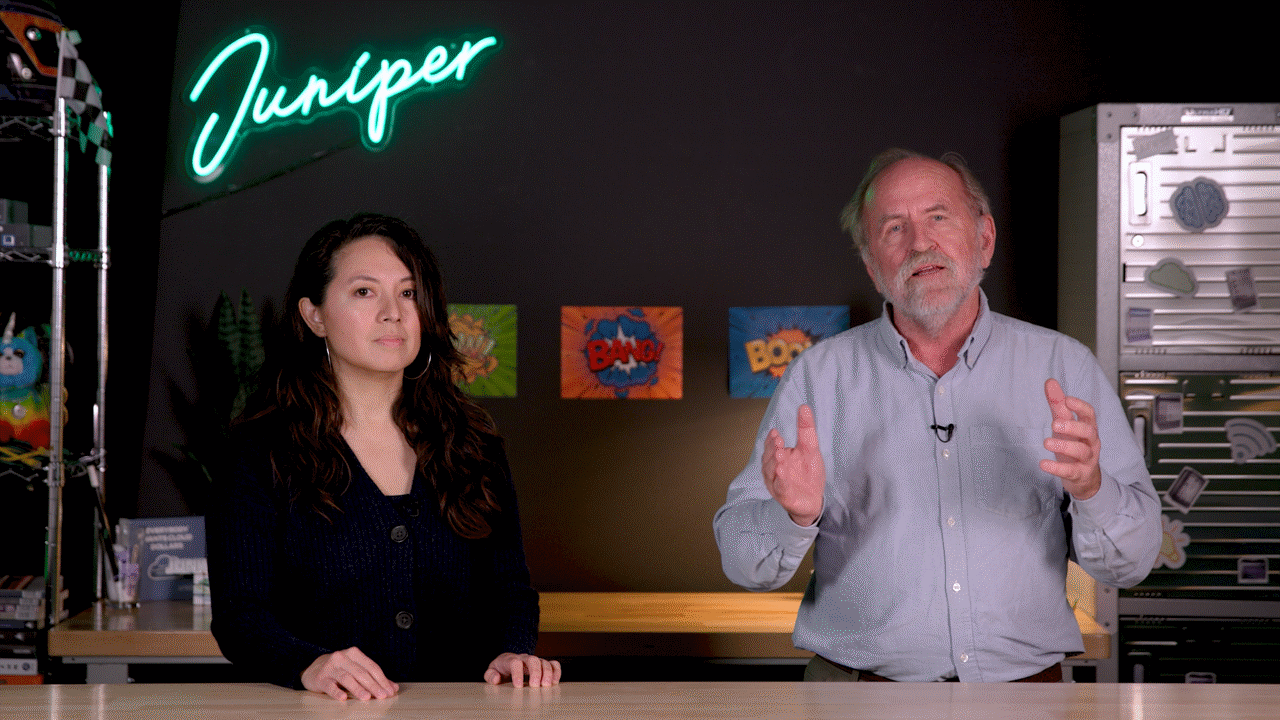On our journey to the Self-Driving Network™, we’ve established the foundation, with data science and customer support working together to identify the right data (Stage 1: Data), and then sending that data to the cloud to provide network insights (Stage 2: Insights). In stage 3, insights are organized into metrics and classifiers that provide recommendations for solving network problems.
At Juniper, we understand that green lights on individual network elements (i.e., AP, switch, router) do not guarantee exceptional end-to-end, client-to-cloud user experiences. That’s why we provide not just insights into how the network is performing, but also how users are experiencing the network. We do this through service level expectations (SLEs), powered by Mist AI™ and Marvis®, the industry’s only cloud AI assistant. SLE metrics and classifiers measure the quality of users’ network experiences and provide recommendations to IT teams to solve issues impacting the client-to-cloud user experience. SLE metrics and classifiers measure the quality of users’ network experiences and provide recommendations to IT teams to solve issues impacting the client-to-cloud user experience.
The first generation of SLEs and Marvis relied on mutual information to determine classifier and recommendation for a bad user experience. Now, Marvis has moved to a Large Experience Model (LEM), unlocking even greater potential. For example, combining the LEM with Marvis Minis enables digital twins that proactively simulate user connections to identify issues before they impact users. With Minis, Marvis can predict video collaboration user experiences and then use the Shapley data science model to create a ranked list of classifiers and recommendations for improving user experience.
Surfacing proactive recommendations is the first step to a Self-Driving Network that enables IT teams to move beyond simply identifying a problem to a paradigm of identifying actionable recommendations. IT teams that have moved to a cloud-based AIOps architecture report that they are able to move from a daily reactive mode of operation to a proactive mode. Instead of spending hours troubleshooting, teams can focus on strategic initiatives while the system continuously analyzes patterns, detects anomalies, and suggests corrective actions. This transition from passive monitoring to guided decision-making is a critical step toward autonomous networking.
The value of AI-Native recommendations
IT environments are increasingly complex, spanning multiple locations, cloud environments, devices, and applications. Traditional network management often relies on reactive troubleshooting, where issues are addressed only after they impact users. AI-Native recommendations flip this approach by:
- Identifying issues before they escalate: Cloud-native AIOps continuously analyze and predicts bad user experiences and determines how network features contribute to those experiences
- Providing clear, actionable guidance: Instead of simply surfacing insights, AI translates insights into specific recommendations, reducing the need for manual investigation and accelerating resolution
- Building trust in AI-Native operations: By offering recommendations rather than taking immediate action, AI allows IT teams to validate and implement changes at their own pace, fostering confidence in automation over time
Through these insights and recommendations, organizations can reduce Mean Time to Resolution (MTTR), enhance user experiences, and improve overall network reliability. By integrating AI-Native recommendations into everyday operations, IT teams can shift from reactive troubleshooting to proactive optimization.
Preparing for the next step: assisted actions
The shift from insights to recommendations is an important milestone in the Self-Driving Network journey. By acting on AI-Native recommendations, IT teams gain confidence in AI’s ability to improve network performance and reliability.
As organizations continue adopting AI in their network operations, each step builds toward greater efficiency, resilience, and agility. In the fourth stage (assisted), we’ll explore how AI-assisted actions bridge the gap between manual intervention and full automation, driving even greater operational simplicity.
Where does your organization sit on this journey to the Self-Driving Network? Wherever you are, Juniper can help you take the next step.
Read the next post in this blog series.
Additional blogs in this series
A journey to the Self-Driving Network™ is built on trust in AI
Stage 1 on a journey to the Self-Driving Network™: data
Stage 2 on a journey to the Self-Driving Network™: insights
Stage 3 on a journey to the Self-Driving Network™: recommendations
Stage 4 on a journey to the Self-Driving Network™: assisted
Stage 5 on a journey to the Self-Driving Network™: self-driving



